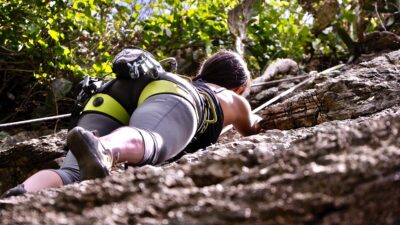Skating, in all its forms, offers a unique blend of grace, freedom, and exhilaration. From the smooth ice beneath hockey players’ skates to the fluid movements of figure skaters twirling elegantly, skating encompasses both an artistic expression and a dynamic sport. As we delve into the intricacies of skating, we will explore the techniques, benefits, and the sheer joy that comes from gliding across surfaces—whether on ice or pavement.
The Various Forms of Skating
Skating can be categorized into several popular forms, each with its techniques and culture:
-
Figure Skating: Perhaps the most artistic of the skating disciplines, figure skating combines athletic skill with grace. Skaters perform jumps, spins, and intricate footwork, often accompanied by music, to tell a story. The emphasis on artistry, choreography, and presentation elevates figure skating beyond a mere sport.
-
Ice Hockey: This fast-paced, team-oriented game relies heavily on skating skills. Players need to maneuver quickly on the ice, showing agility and speed while executing passes, shots, and defensive maneuvers. The skating technique is focused on quick stops, starts, and the ability to change direction rapidly.
-
Roller Skating: Once a nostalgic pastime, roller skating has seen a resurgence in popularity. Whether it’s artistic performances, roller derby, or casual skating in rinks, roller skating blends community, fitness, and fun. Its techniques, while similar to ice skating, involve adapting to the different dynamics of wheels on a solid surface.
-
Speed Skating: In this Olympic discipline, skaters aim for maximum velocity on ice. Techniques involve optimizing body positioning, stride length, and rhythm to cover distances quickly in both short track and long track formats.
- Recreational Skating: This includes everything from leisurely gliding at a local rink to urban skating on streets and sidewalks. It’s an approachable form of skating that encourages people of all ages to harness the joy of moving freely.
Fundamental Techniques
Regardless of the skating form, mastering basic techniques is crucial for progressing to more advanced skills. Here are some fundamental techniques to focus on:
-
Balance: Fundamental to all forms of skating, balance can be improved through practice and body awareness. Skaters should work on shifting their weight naturally from one foot to another.
-
Stance and Posture: A properly aligned stance is essential. Knees should be slightly bent, hips forward, and arms out for balance. A relaxed posture ensures optimal movement fluidity.
-
Stroke Mechanics: The glide is a key component. In figure skating, proper push-off techniques can elevate a skater’s performance. For speed skating, emphasis is placed on long, powerful strokes and minimizing drag.
-
Stopping Techniques: Mastering stops, such as the snowplow or T-stop, is vital for safety and control. Each discipline has its preferred method, but all skaters should practice stopping confidently.
- Turning and Crossovers: Navigating corners and changing directions is essential. Effective crossover techniques enhance speed and flow, whether turning on the ice or skating through a roller rink.
The Benefits of Skating
Aside from being a fun, invigorating activity, skating has numerous physical and mental benefits:
-
Fitness and Endurance: Skating is an excellent cardiovascular workout that engages multiple muscle groups, improving strength, flexibility, and posture.
-
Mental Well-being: The rhythmic nature of skating can be meditative, helping to alleviate stress and improve overall mood. Many skaters find solace in the flow of movement.
-
Social Connections: Skating often fosters community, whether through team sports like hockey or social roller-skating events. It provides a space for new friendships to blossom.
- Boosting Confidence: As skaters conquer new skills, they build confidence and self-esteem, reinforcing a positive self-image and a sense of accomplishment.
The Joy of Gliding
Ultimately, skating is about the joy of gliding. The feeling of wind rushing past, the thrill of mastering a new skill, and the camaraderie developed in shared spaces are what make skating a cherished activity for many. It’s a discipline that offers both challenge and leisure, art and sport, community and individuality.
So lace up those skates, whether they are ice or roller, and glide into greatness. Every push-off, every spin, and every jump is a step towards embracing the beauty and technique of skating.



